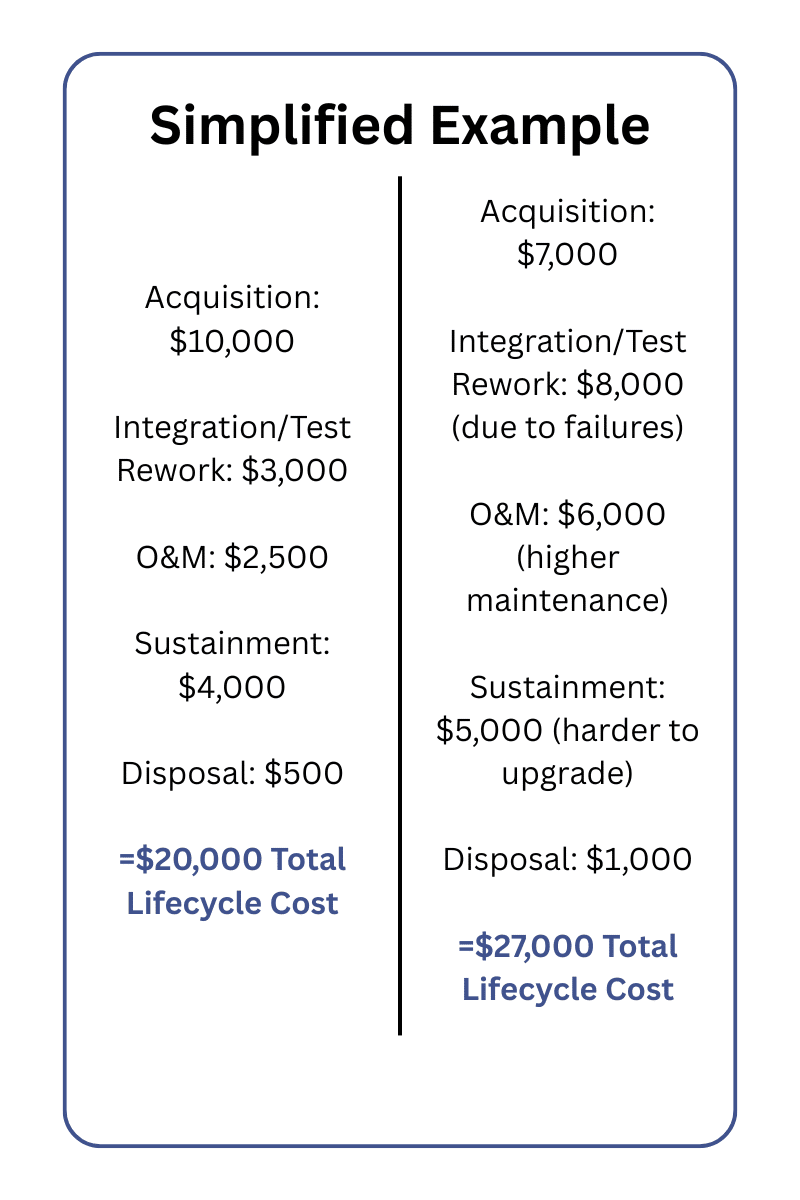Top 5 Procurement Considerations for FY26 Electronic Defense Racks
As a new fiscal year is about to begin, defense procurement teams are under pressure to make the right investments in mission-critical systems. While electronics often take center stage, the enclosures that protect, cool, and stabilize those systems are just as important to long-term performance.
Military rack enclosures aren’t just metal boxes–they’re engineered systems that must survive harsh environments, comply with MIL-STDs, and deliver lifecycle value. If overlooked, racks can become a source of costly redesigns, test failures, or deployment delays.
To help procurement professionals and engineers start FY26 strong, here are the top 5 considerations when sourcing defense rack enclosures.
1. Ensure MIL-STD Compliance From the Start
Defense electronics can’t afford uncertainty when it comes to standards. At a minimum, racks should be engineered and tested to meet key requirements such as:
- MIL-STD-810: Environmental testing (temperature, vibration, humidity, sand/dust, salt fog)
- MIL-STD-461: Electromagnetic interference (EMI) control
- MIL-STD-464: Electromagnetic environmental effects (E3)
Procurement Tip: Don’t wait until qualification testing to verify compliance. Ask your supplier for documented test reports, certifications, and a history of passing qualification programs.
2. Evaluate Ruggedization for Harsh Environments
Compliance tells you a rack can meet requirements. Ruggedization procces it has.
Defense racks need more than test reports–they need a field record of surviving harsh missions across land, sea, and air platforms. Look for evidence such as:
- Successful deployments on programs similar to yours
- Materials engineered for corrosion resistance in long-term salt fog or desert conditions
- Design features like isolation mounts, reinforced frames, and EMI gasketing that have been validated in service
Procurement Tip: Go beyond catalog specifications. Ask for case studies or past program data that show racks operating successfully in your intended environment.
3. Consider Lifecycle Value, Not Just Initial Price
Budget pressures are real, especially at the start of a fiscal year. But choosing the lowest-cost rack option often leads to higher expenses later. The total lifecycle cost of a rack includes:
- Engineering rework and redesigns if racks fail testing
- Replacement costs when commercial racks don’t hold up in deployment
- Downtime or mission delays caused by enclosure failure
- Integration costs for upgrades or tech refreshes
Procurement Tip: Look beyond unit price and evaluate total lifecycle cost (LCC) savings. A higher-quality rack may cost more upfront, but deliver significantly greater value across the program lifecycle.
LCC = Acquisition + Integration + O&M + Sustainment + End-of-Life
4. Partner With an Experienced Defense Supplier
Government contracting has unique requirements–from documentation and ITAR compliance to quality assurance and program reporting. A supplier unfamiliar with defense can unintentionally create delays or compliance risks.
An experience defense manufacturer will:
- Speak the same technical language and contracting language as your engineering team
- Understand DFARS, ITAR, and supply chain requirements
- Have established QA processes, documentation and audit readiness
- Anticipate program risks and mitigate them early
Procurement Tip: Ask potential suppliers about their defense program experience, certifications, and ability to handle classified or export-controlled projects
5. Design for Flexibility and Future Technology Refreshes
Defense programs often span decades. The rack that houses today’s electronics must be ready to accommodate tomorrow’s upgrades. Modular, configurable racks enable rapid tech refreshes without costly redesigns. Key features to look for include:
- Adjustable mounting for different electronics footprints
- Scalable cooling solutions (passive to active)
- EMI shielding that adapts to evolving requirements
- Easy integration of new cabling, connectors, and power systems
Procurement Tip: Select a supplier who offers modular designs and long-term support, not just one-time delivery. Flexibility now ensures readiness later.
Procurement teams aren’t just buyers; they are mission enablers. By applying these five considerations, you reduce program risk, shorten timelines, and ensure systems are mission-ready from day one.
As FY26 gets underway, ask yourself:
Is my rack supplier simply filling a purchase order, or are they an engineering partner in mission success?
Choosing the right partner at the procurement stage ensures your enclosures meet standards, survive the battlefield, and support your systems throughout their lifecycle.

